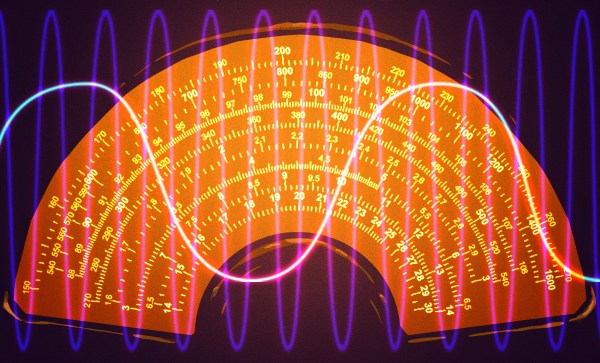It sometimes seems as though computing power in your pocket is a relatively new phenomenon, but in fact there have been ultraportable computers since the 8-bit era. They started to become useful around the end of the 1980s though as enterprising manufacturers started cramming full-fat PC XTs into pocket form factors. Of these the one to own was the Poqet PC, a slim clamshell design that would run for ages on a pair of AA cells . If you have one today you’d be lucky if its display ribbon cable is without faults though, and [Robert’s Retro] is here with a fix previously thought impossible.
A large proportion of the video below the break is devoted to dismantling the unit, no easy task. The cable once exposed is found to have delaminated completely, and he takes us through the delicate task of attaching a modern equivalent. We particularly like the way in which the cable’s own springiness is used to retract it. The result has a white cable rather than the original black, but that’s a small price to pay for a machine that works rather than a broken paperweight.
If early pocket computing is your thing, it’s a subject we’ve covered before.
Continue reading “Vintage Ribbon Cable Repair Saves Poqet PC”



















